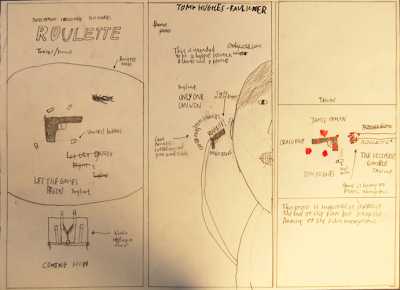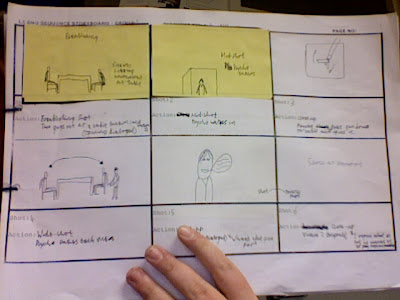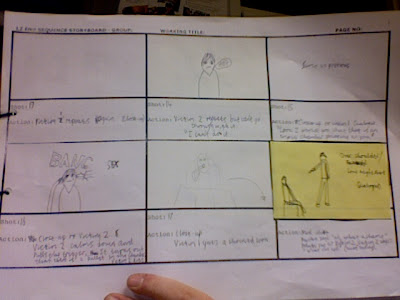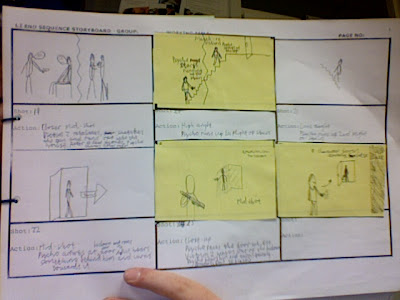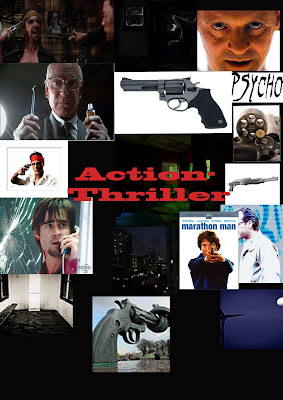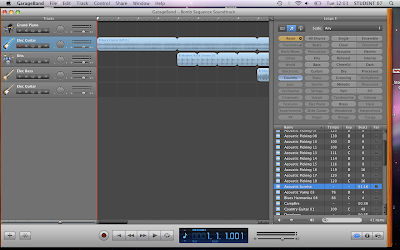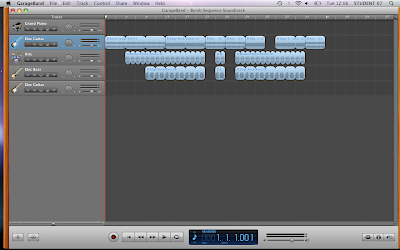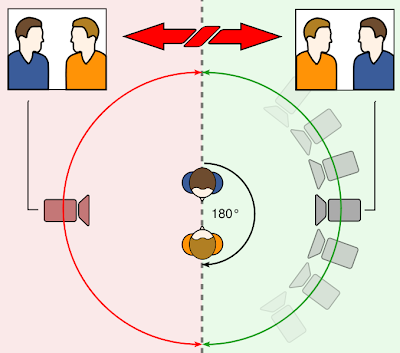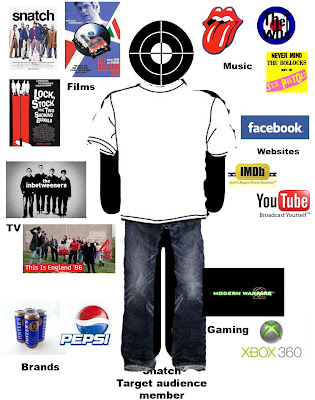The Phone Call write-up
Section 1: The Task and Planning
We were given the task to film and edit a piece of footage to look like a real-time phone conversation. This footage is the first of three chapters that will make a story about a supposed bomb plot in the college. In order to do this, we would have to film in two separate locations within the college and have both characters speak on the phone. Below is a shot list/plan for the phone call, that we had to stick to in order for the video to make sense:






After being talked through what shots we had to include (Establishing shots, close-ups), we set about drawing up a storyboard. The shot list was quite useful as it helped us keep track of what shots we had to do next. The Storyboard process went quite well despite a few creative differences over shot location and style. Ultimately, we decided on where to shoot the phone call and how to shoot it.
Section 2: Filming and Editing
The shooting process flowed better than it did when we shot the horror stills. For instance, we all acted more professional and each individually knew our role within the group and how to do it. We also immediately knew what to shoot next thanks to the shot list. My main individual contribution to the project was that of playing one of the characters and partly behind camera direction of the project.
The editing process also went without a hitch. It was just a matter of trimming the clapperboards at the beginning of each clip and lining up the footage perfectly in a way that made it look like a real-time conversation. Below is a “before shot” of the final cut timeline before the clapperboards are trimmed off:

The Clapperboards certainly helped us Final Cut by showing us which shot was which.
At the climax of the editing process, what we had was essentially a “rough cut”, which means a cut of the footage that is not yet complete, in a sense that it is missing a title card and a soundtrack and maybe some other effects that may be added later after approval.
At the end of the footage is a shot of Character 2’s hand opening the door to G19, in Chapter 2: The Meeting, we will need to follow this on with a “match-on action” shot, which is when the cameraman lines up the characters in the same way that they were before the shot cut and follows it up as realistically as they can in the next shot.
With this project, we have certainly learned a lot about Final Cut. For Example, One problem that I had is that Craig’s voice is slightly low on camera. In response to this, we multiplied his voice signal to make it more clear. It made me realise that a majority of the problems that are face by amateur filmmakers can be solved in editing.
